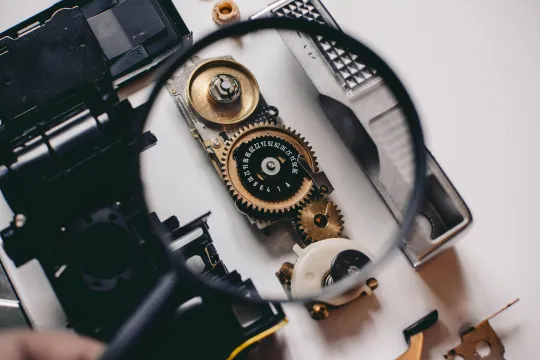Active banners: 0 Visible banners: 0
Industrial Innovation
Provided by: ClimateScience |Published on: April 27, 2021
Lesson Plans
6789101112
Synopsis
- This interactive course about industrial climate solutions includes the following sections: sustainable steel, clean concrete, textiles, pre-combustion carbon capture, post-combustion carbon capture, oxygenated combustion, and carbon utilization.
- This course contains text, interactive questions, infographics, links to references, a video, and two sections at the end called "Open Problems" and "Final Quiz."

Subjects: Chemistry, Engineering
Authors: ClimateScience
Region: Global
Languages: English
Teaching Materials
Positives
- This course is very easy for students to navigate.
- Students earn a certificate if they complete the course.
Additional Prerequisites
- This course is part of a series of climate change courses from ClimateScience.
- Students should have a basic understanding of climate change prior to beginning this course.
- Students will need a computer and Internet connection to use the interactive features.
- This course presents potentially controversial uses of captured CO2: to help extract hard-to-reach crude oil and to create other fuels and plastics. The most effective solutions to climate change are listed here.
- Teachers and students will need to enroll and create a free account to use the course and save their progress.
Differentiation
- This course provides two levels of learning. Before enrolling in the course, users can scroll down and use the button to toggle between. "Simple" and "Advanced." The "Simple" setting is recommended for middle school students, while the "Advanced" setting is recommended for high school students.
- Advanced students can spend time reading and exploring any of the links to actual scientific papers.
- Students can proceed through this course at their own pace.
- Discussion topics for this course could include:
- How can we reduce the perceived need for more/newer/different things to help reduce the emissions associated with producing them?
- How can we make reusing and recycling a required part of the life cycle of most goods to reduce the energy and materials required to make "new" things?
- How do the carbon capture solutions stack up to other climate solutions like reducing food waste, educating girls, and switching to a plant-based diet? Use this Table of Solutions to find out.
Scientist Notes
Teaching Tips
Standards
Resource Type and Format
About the Partner Provider

ClimateScience
ClimateScience inspires young talents to seek careers in fields where they contribute to climate solutions. By providing beautifully illustrated, understandable, science-based educational content for free for everyone, they are building the fundamentals for Climate Education.
All resources can be used for your educational purposes with proper attribution to the content provider.



